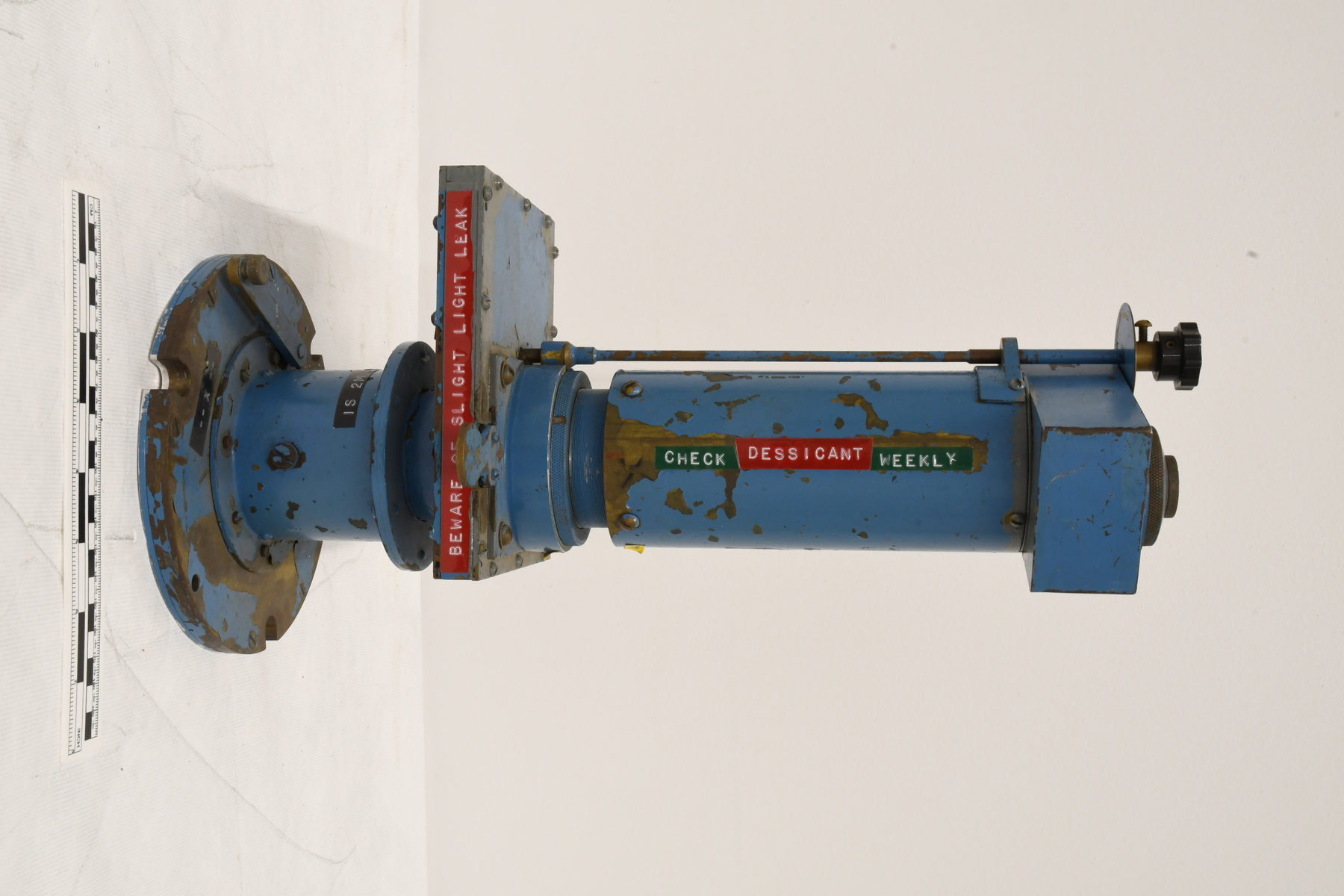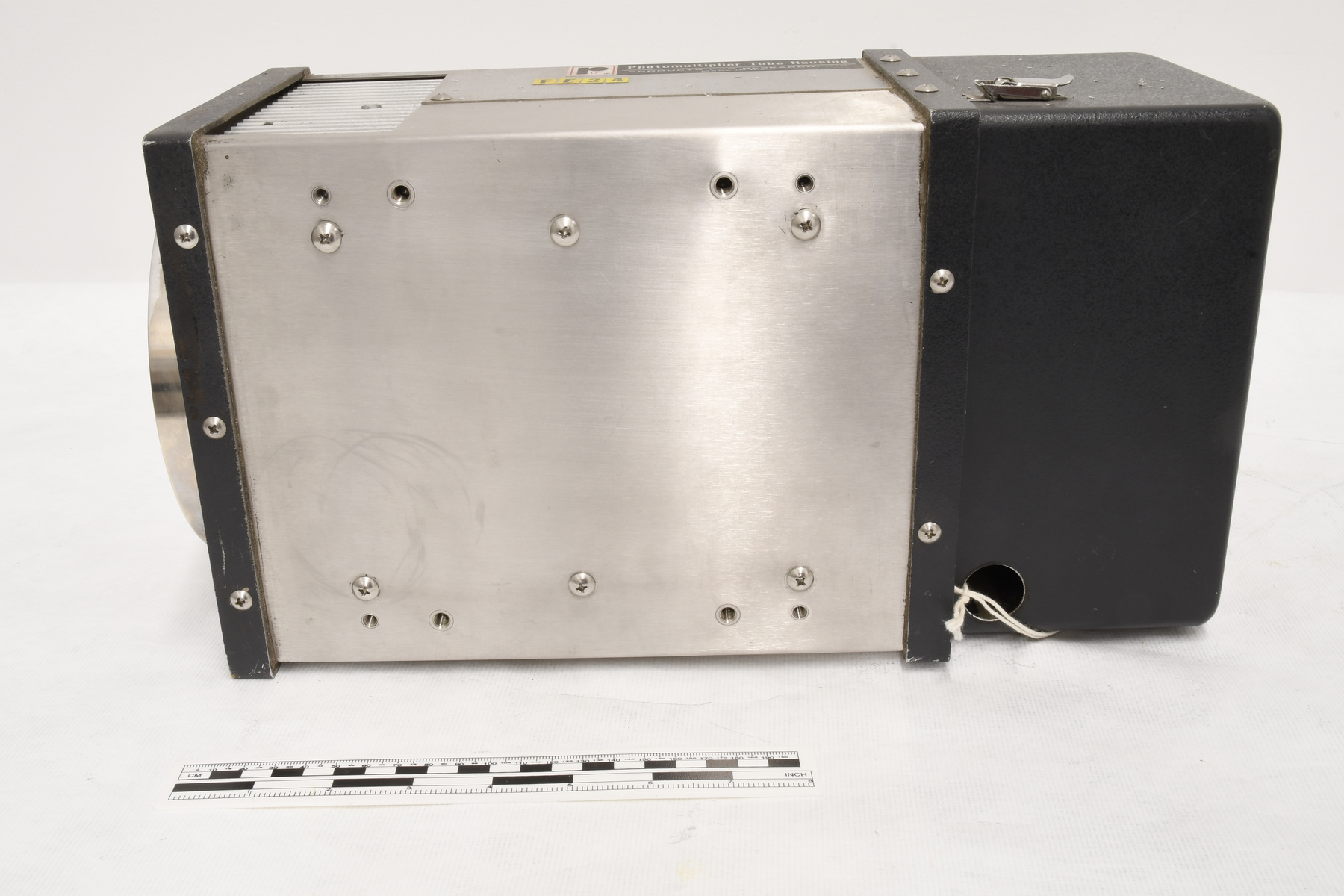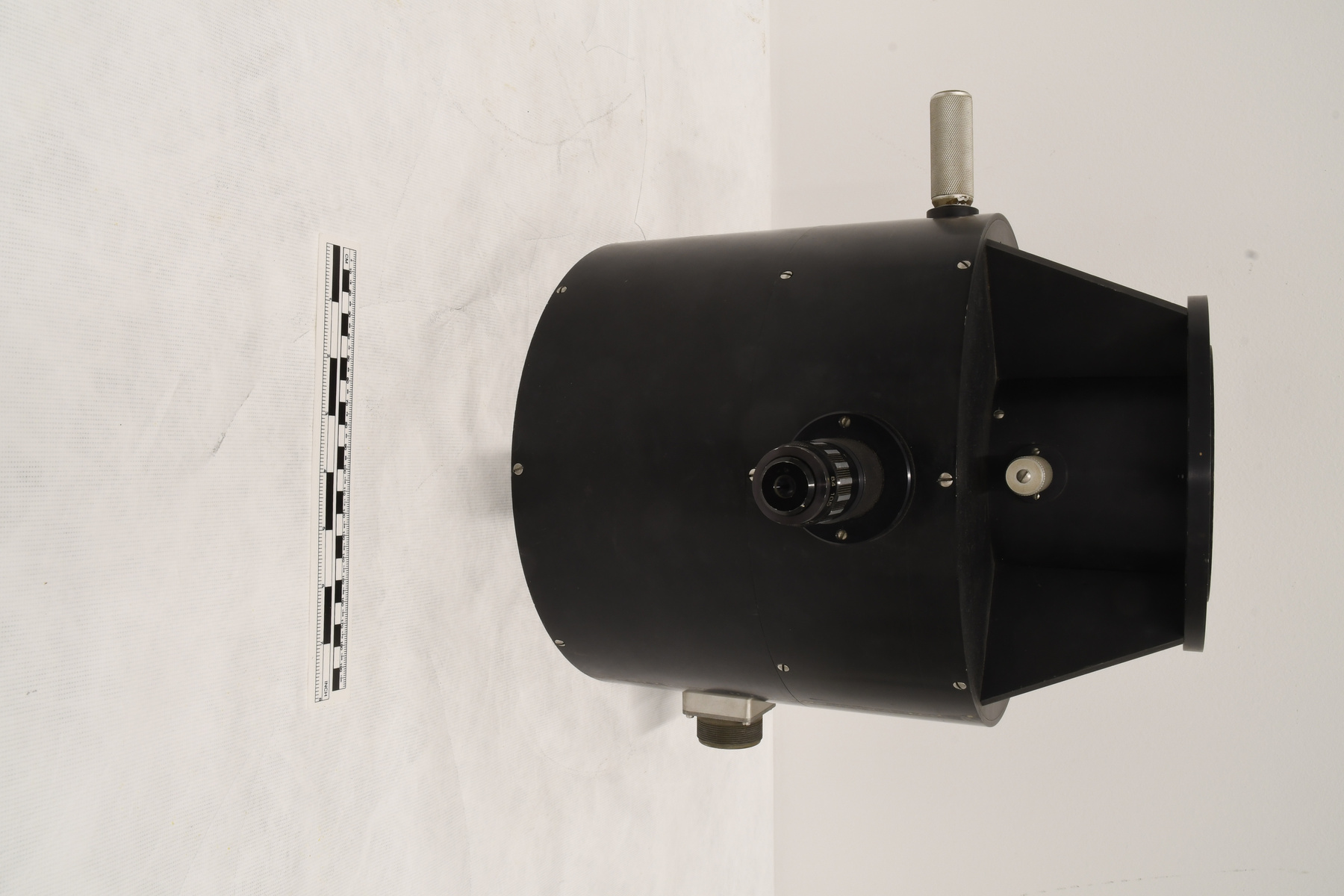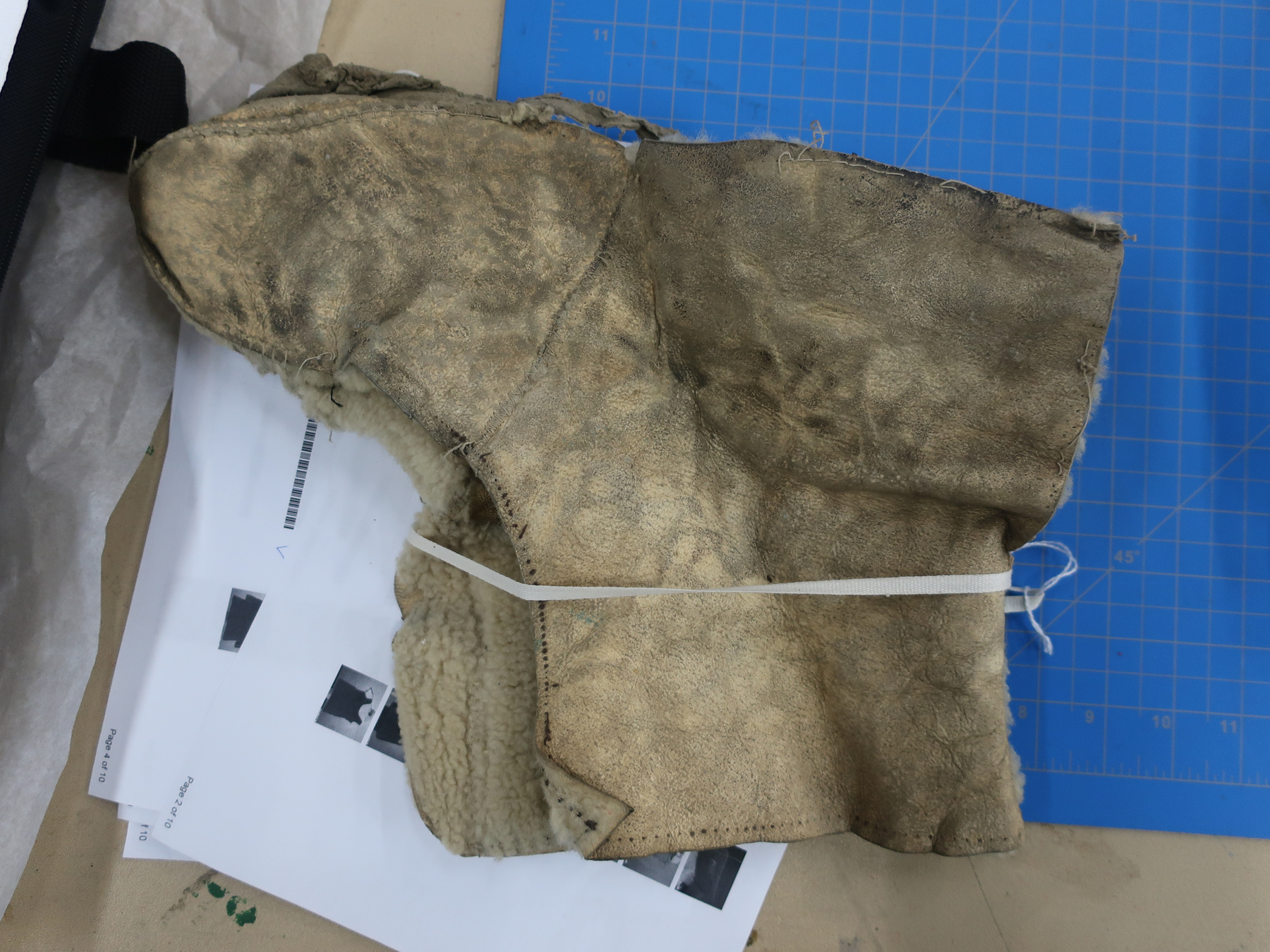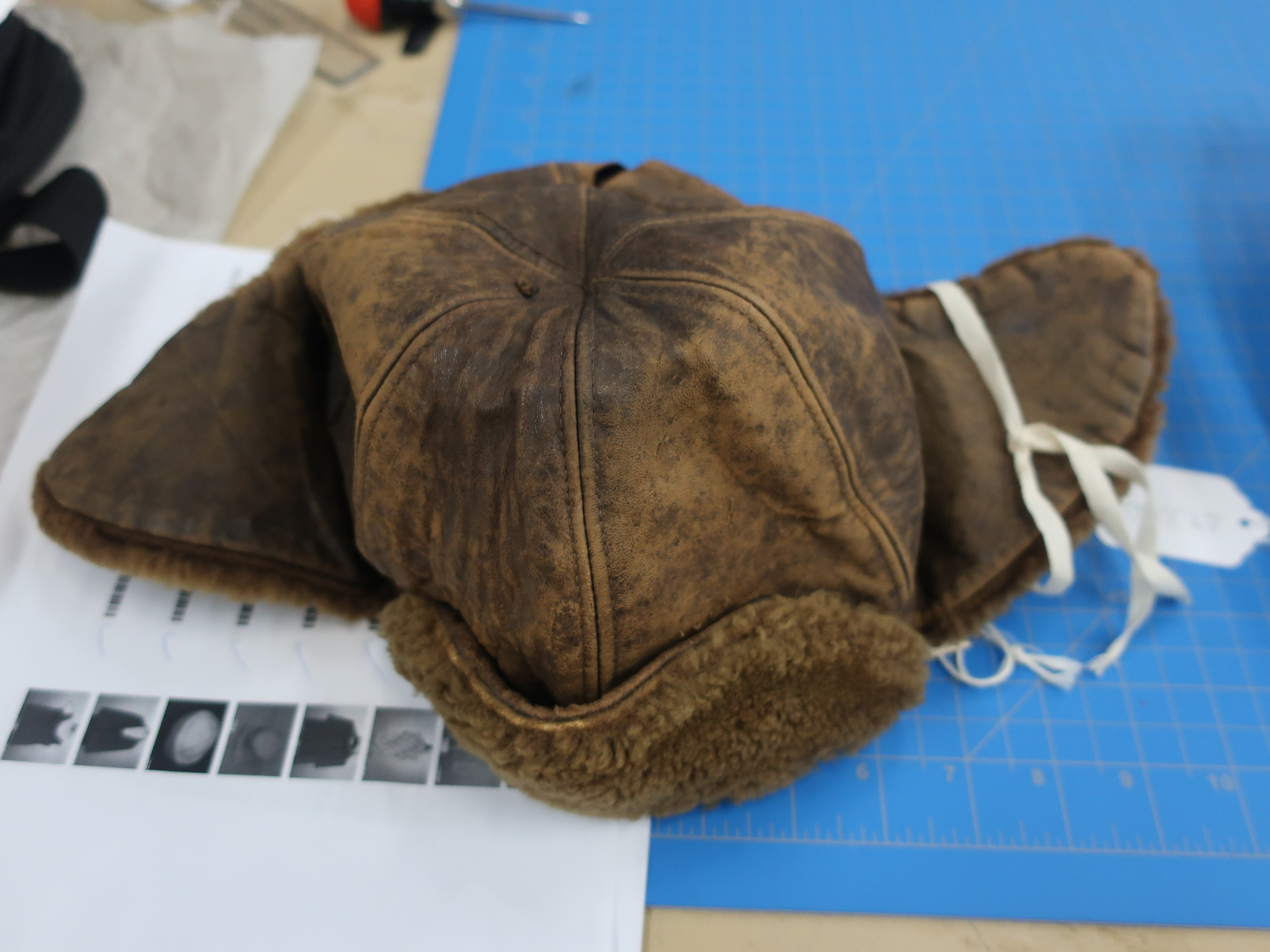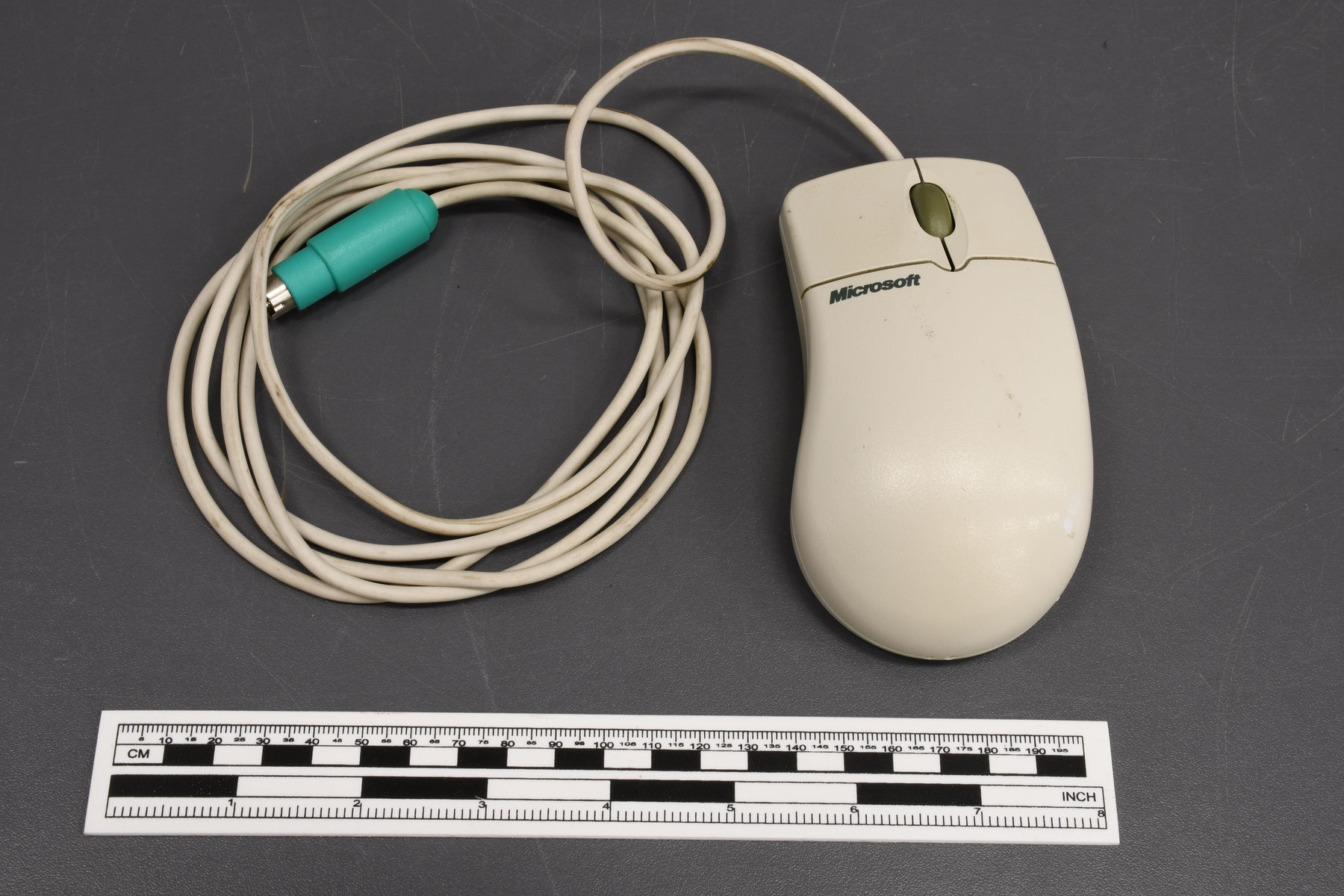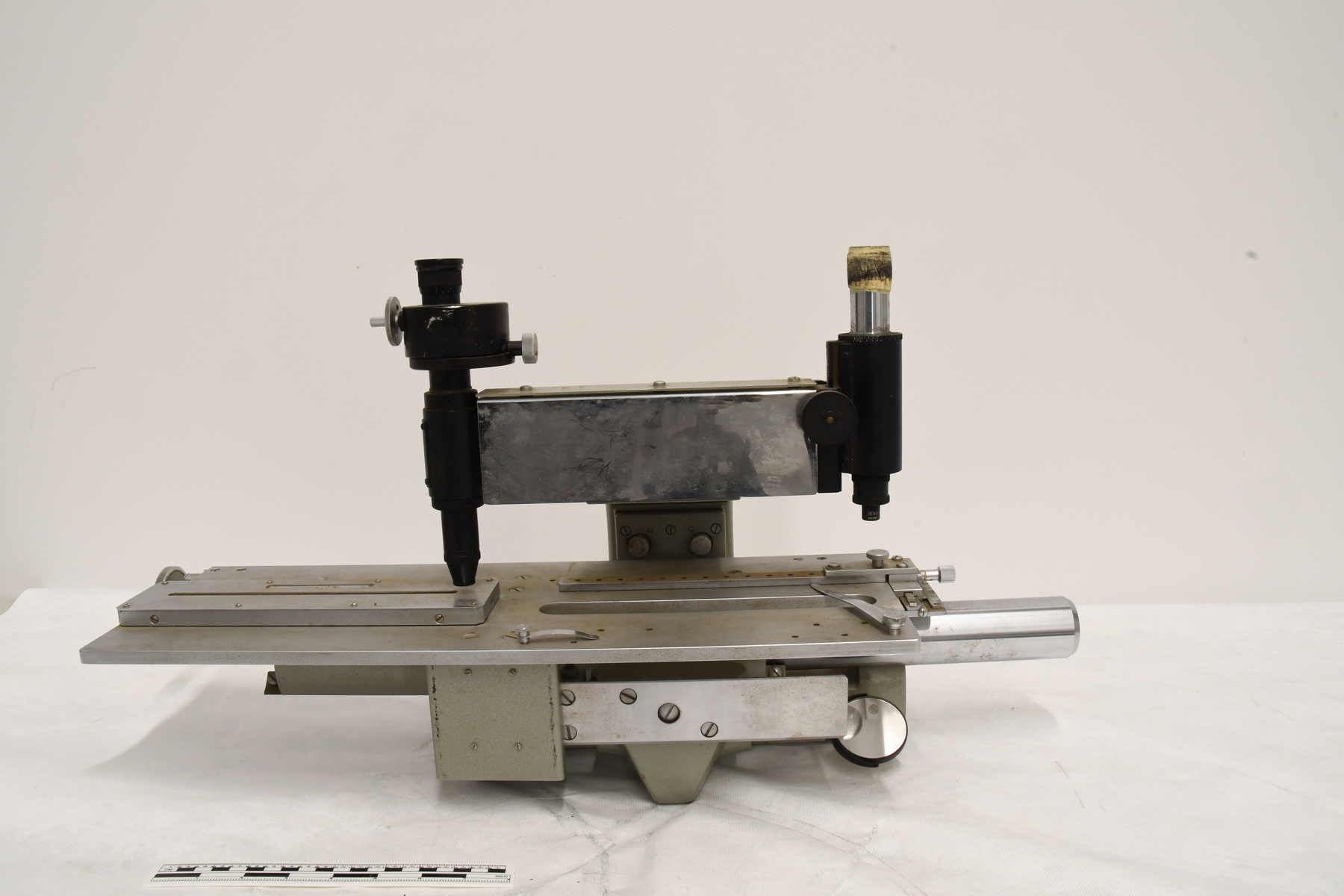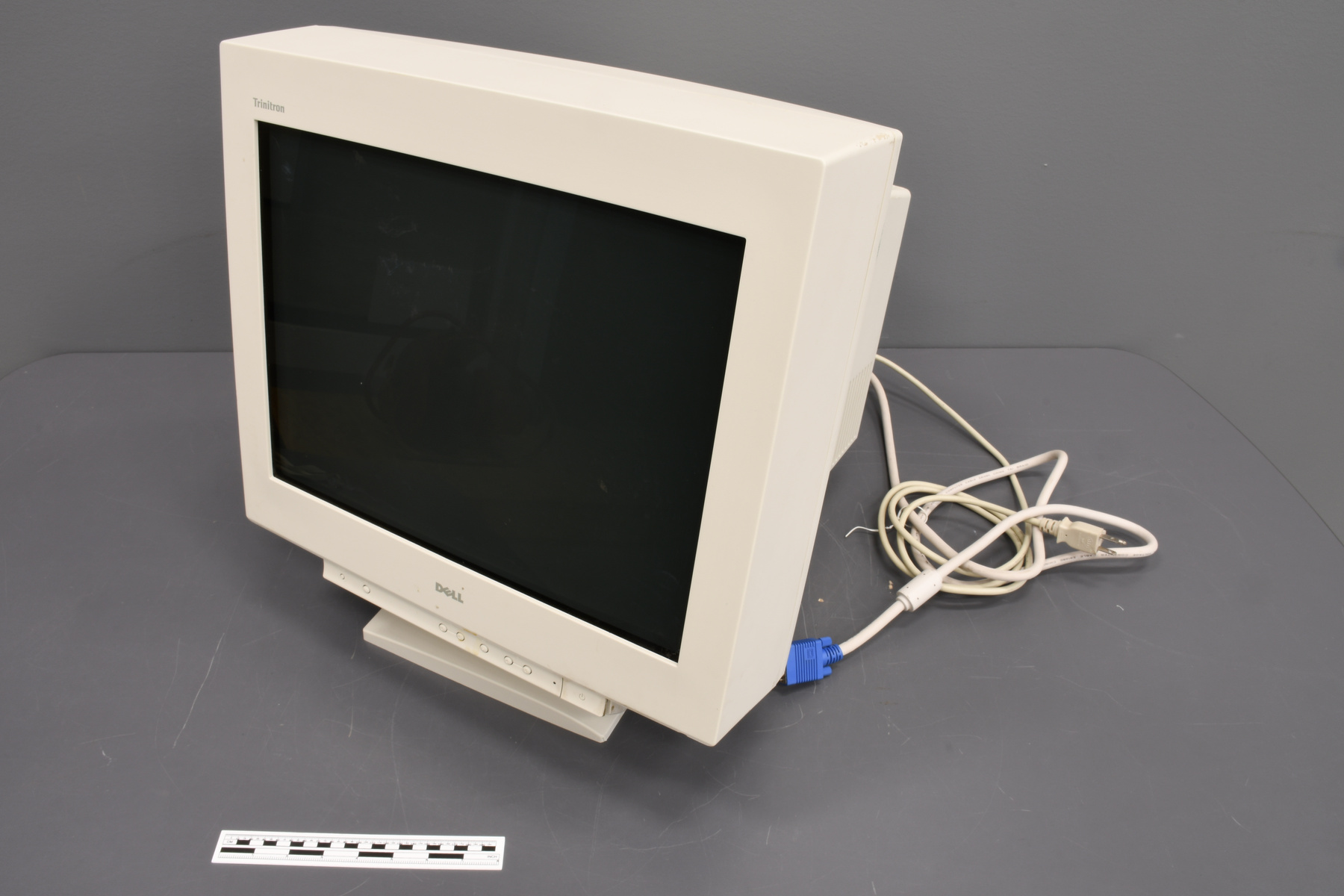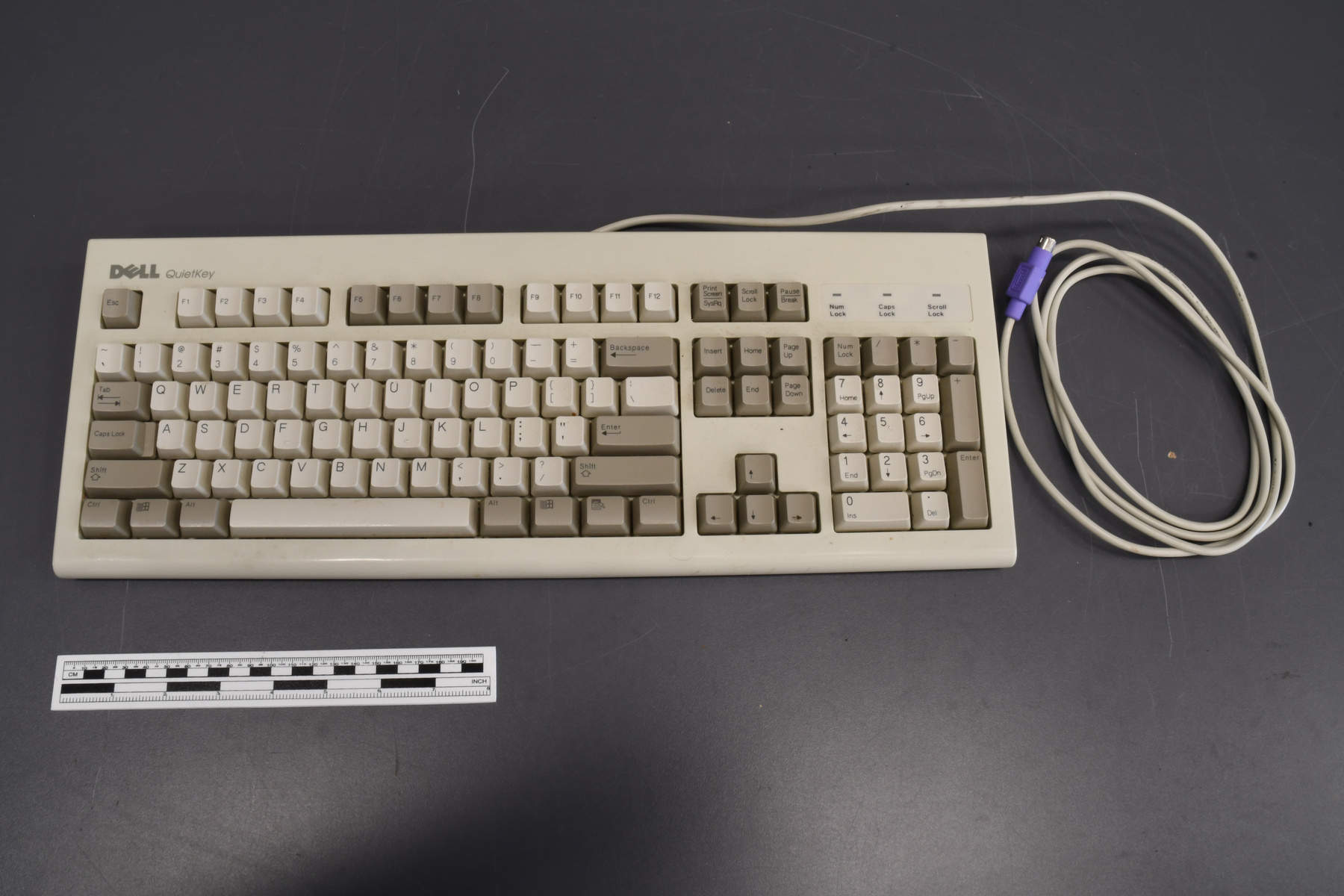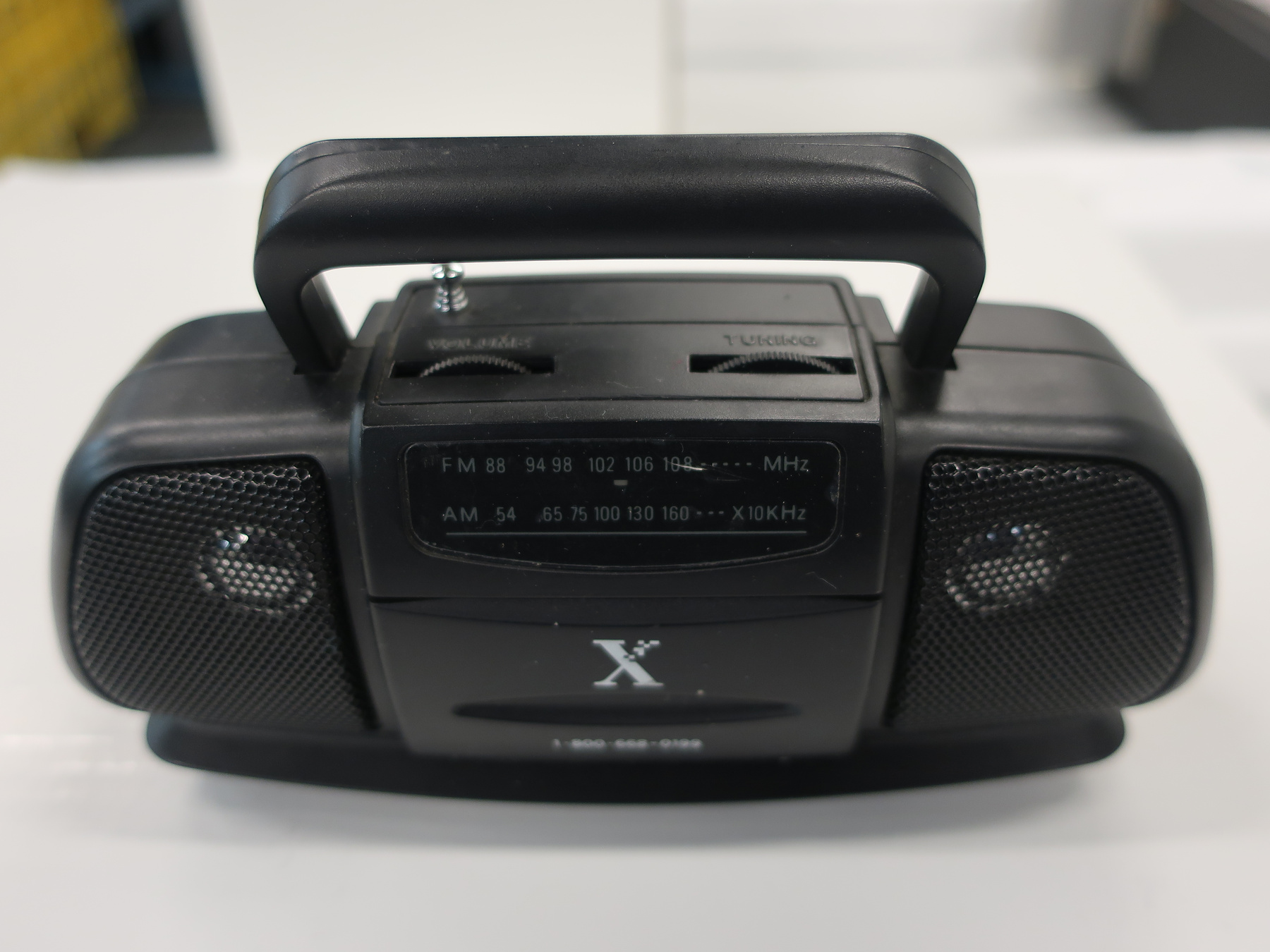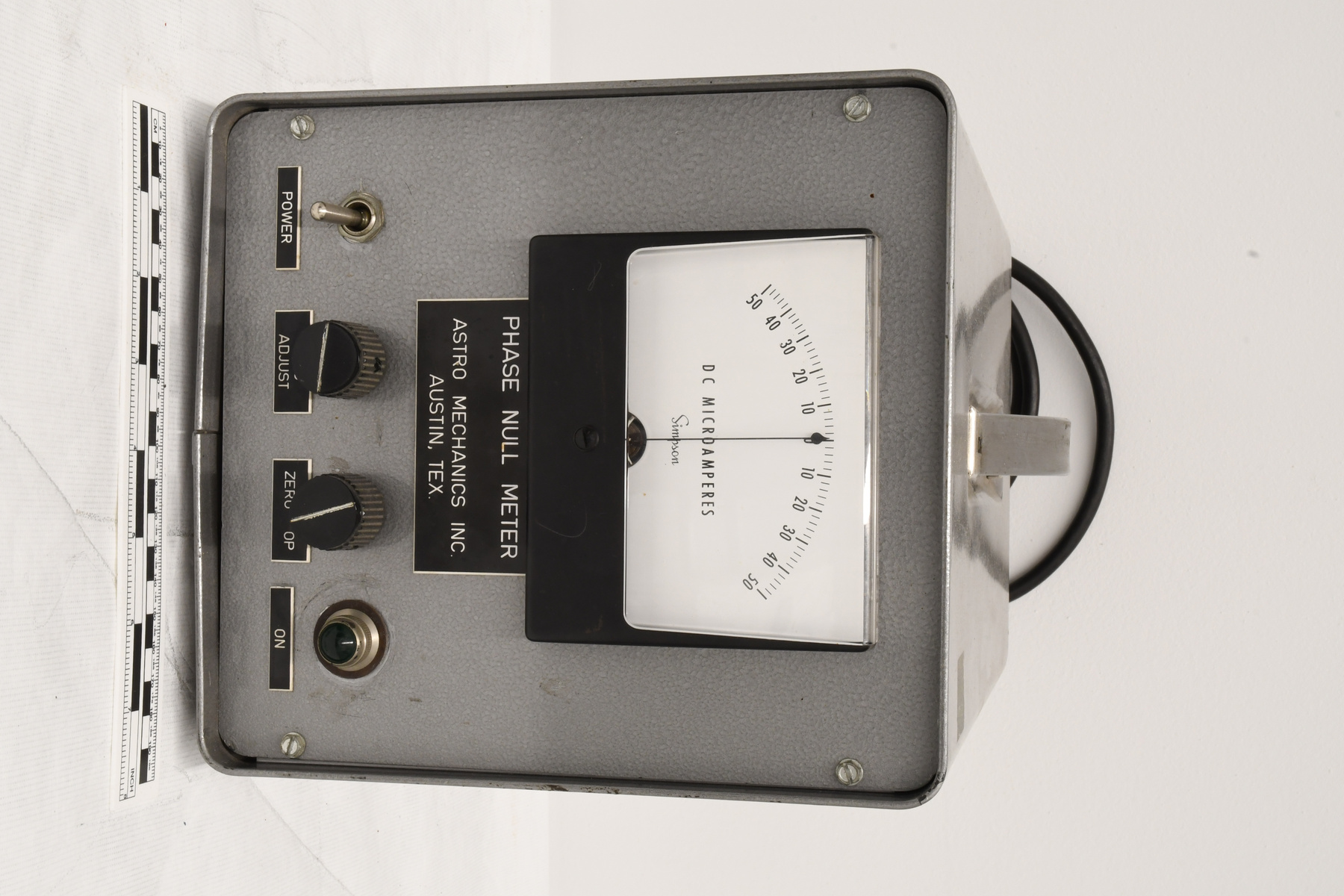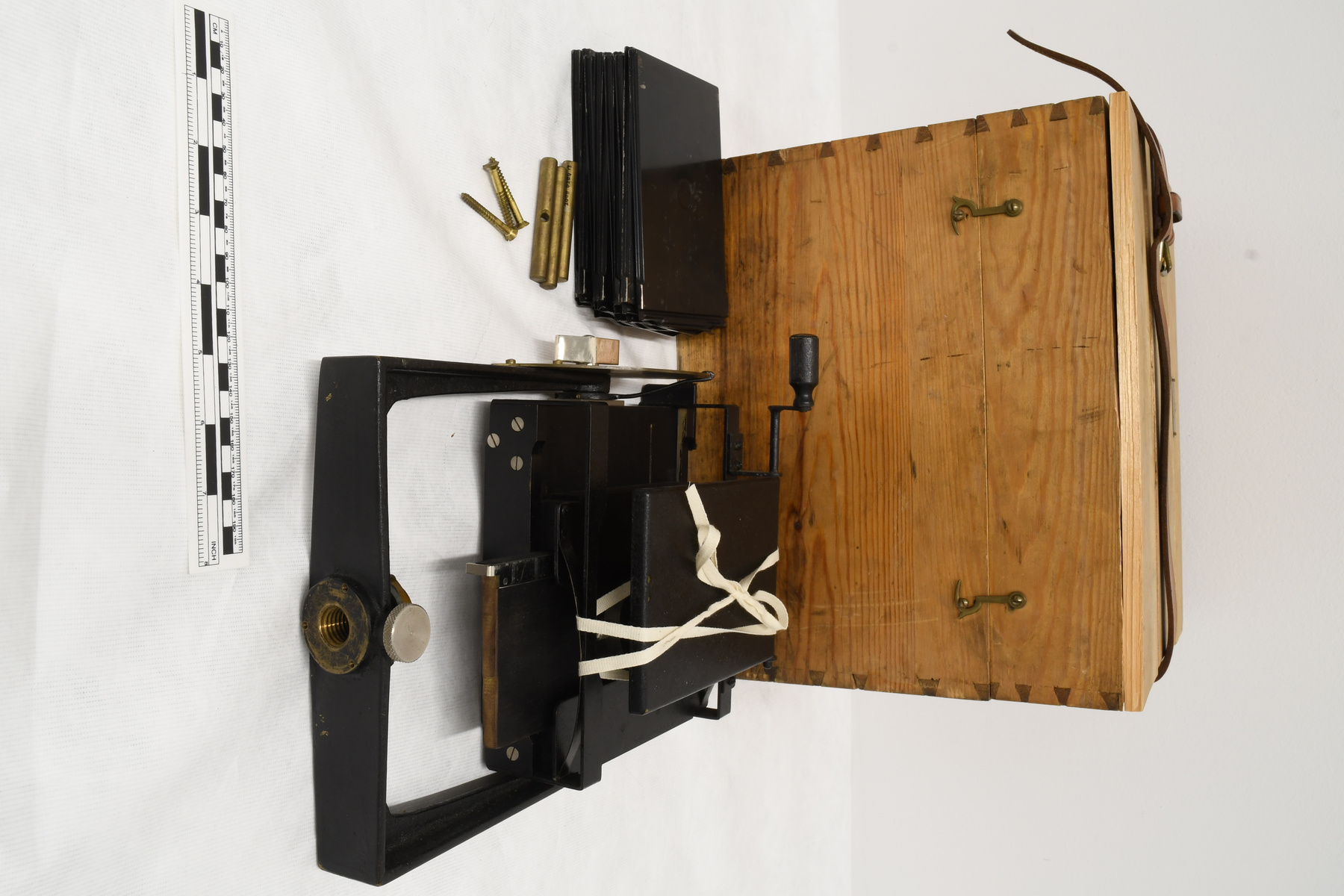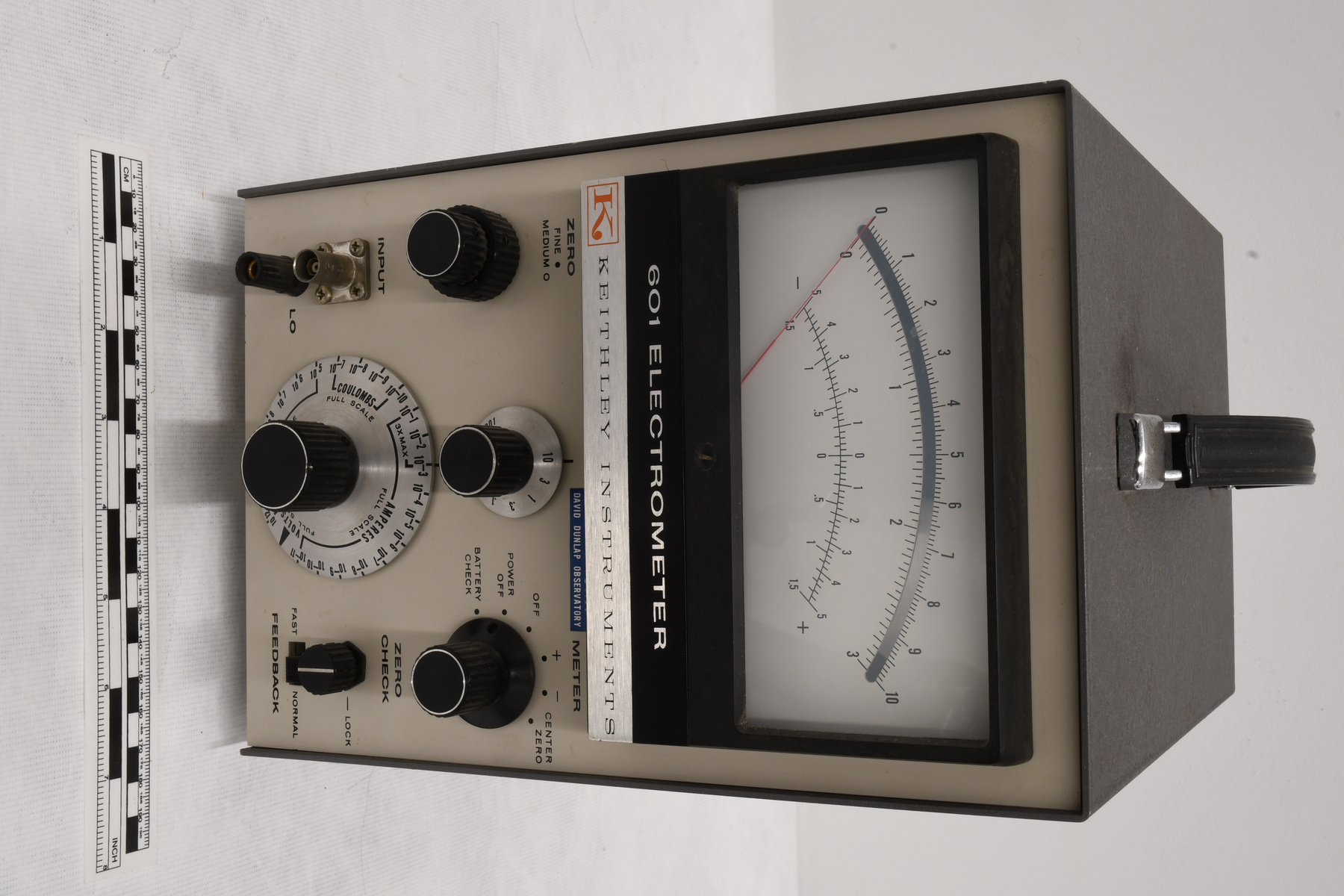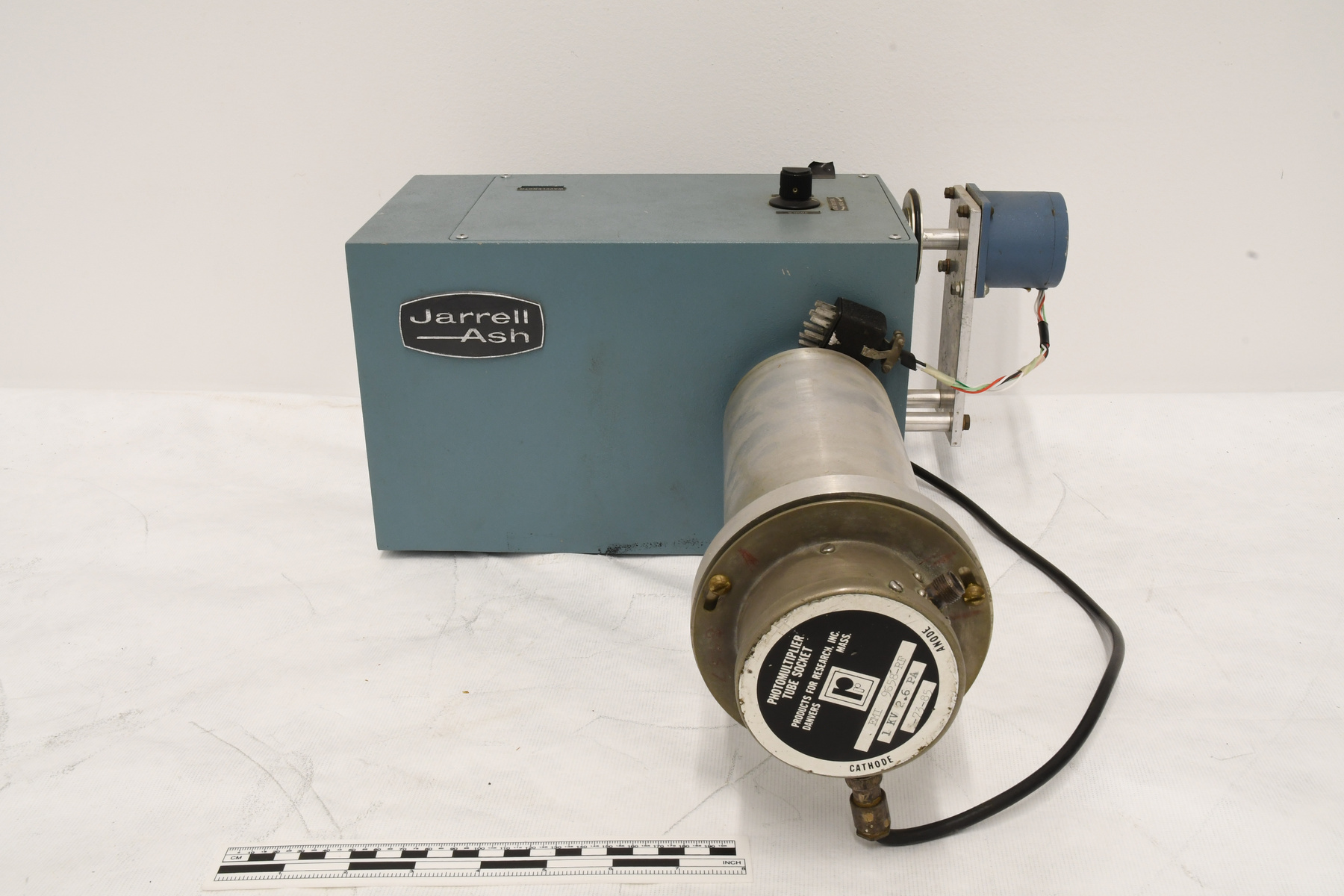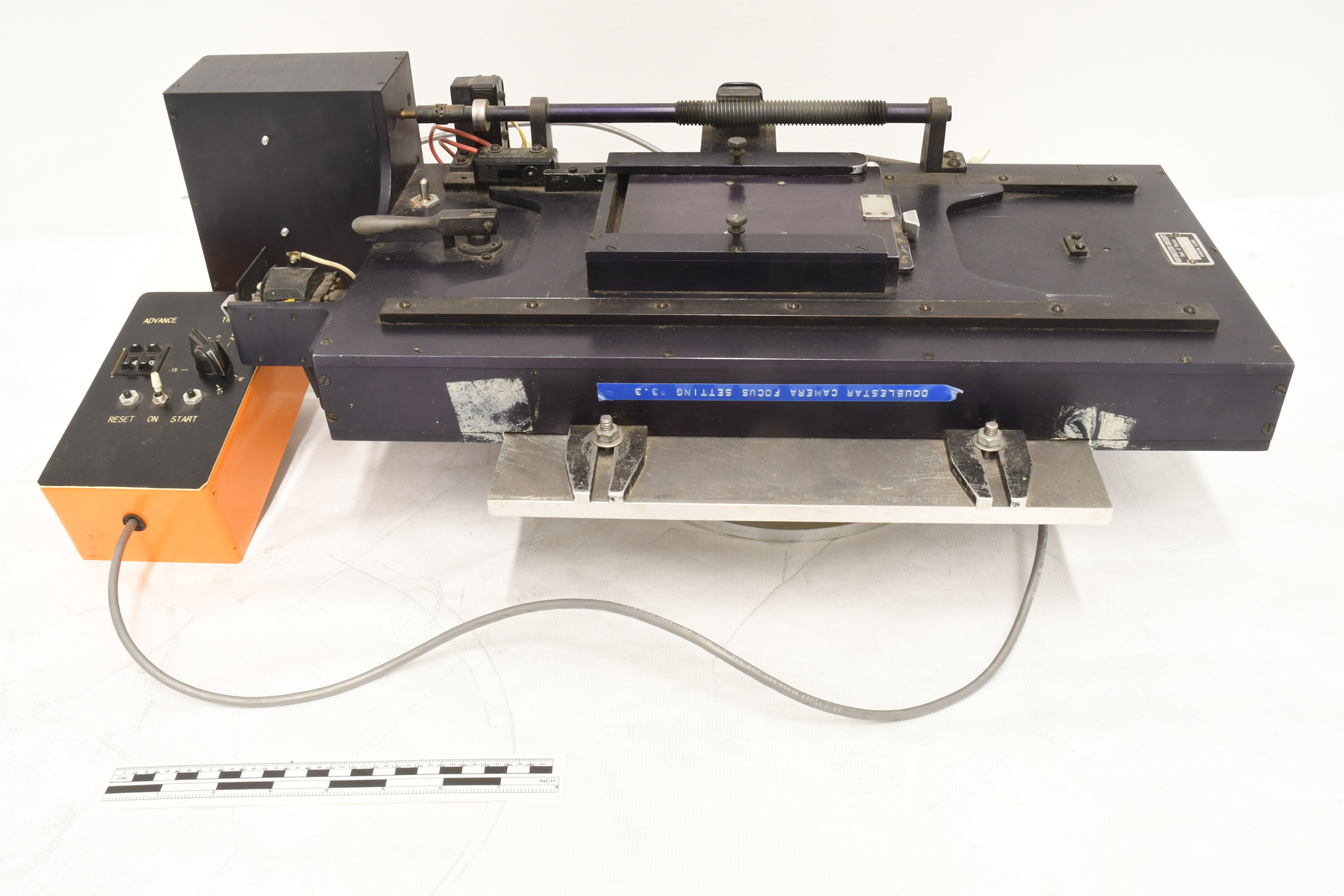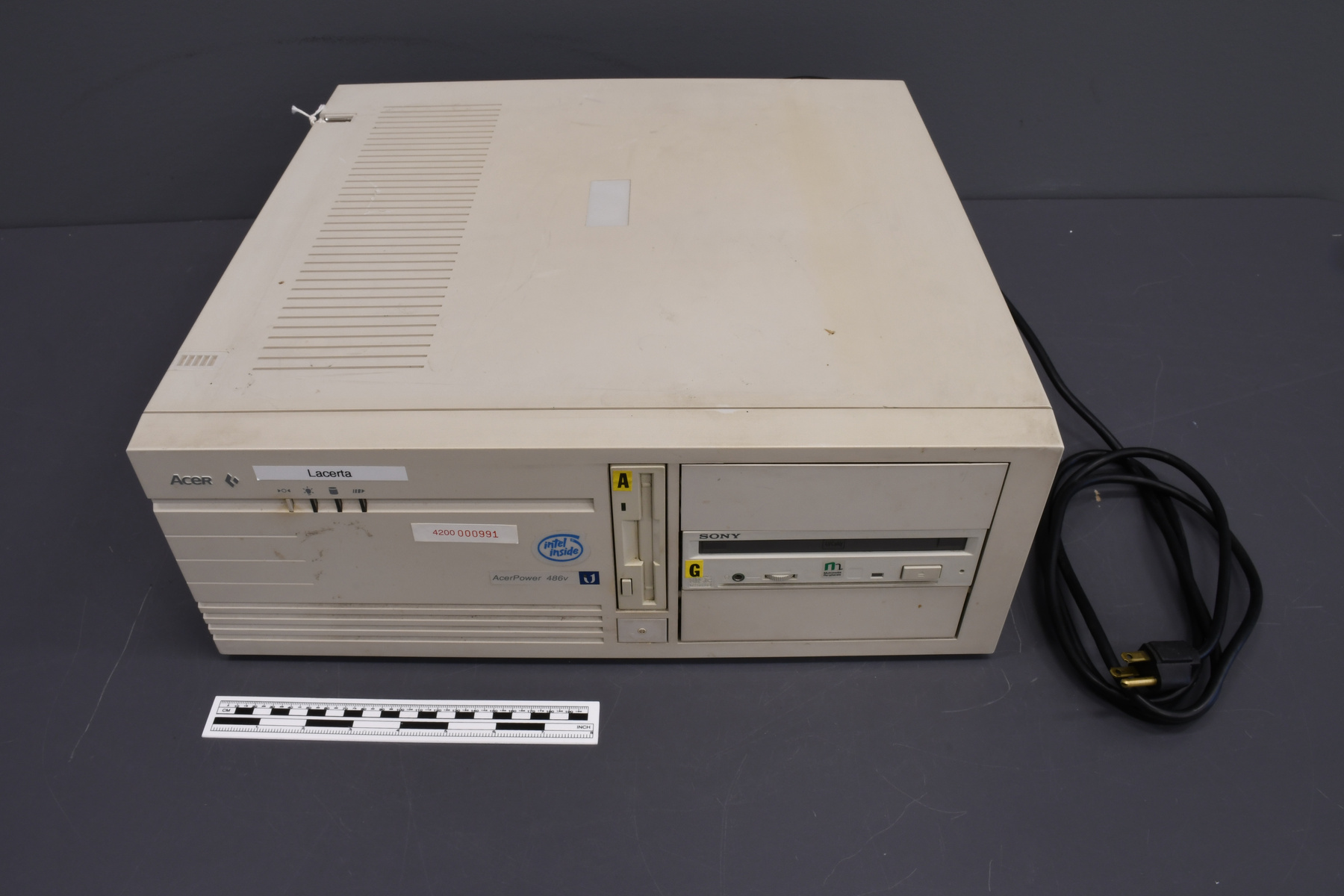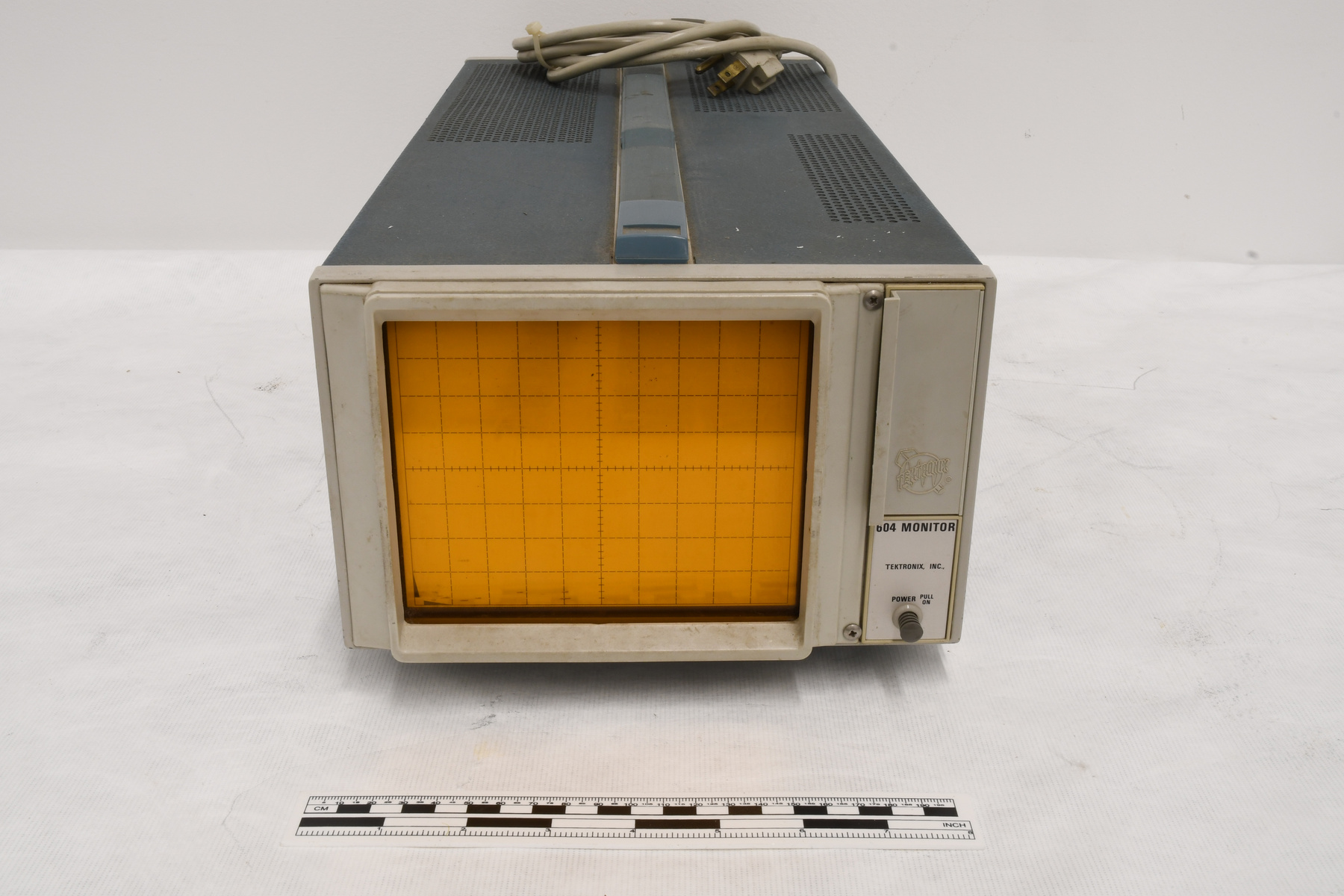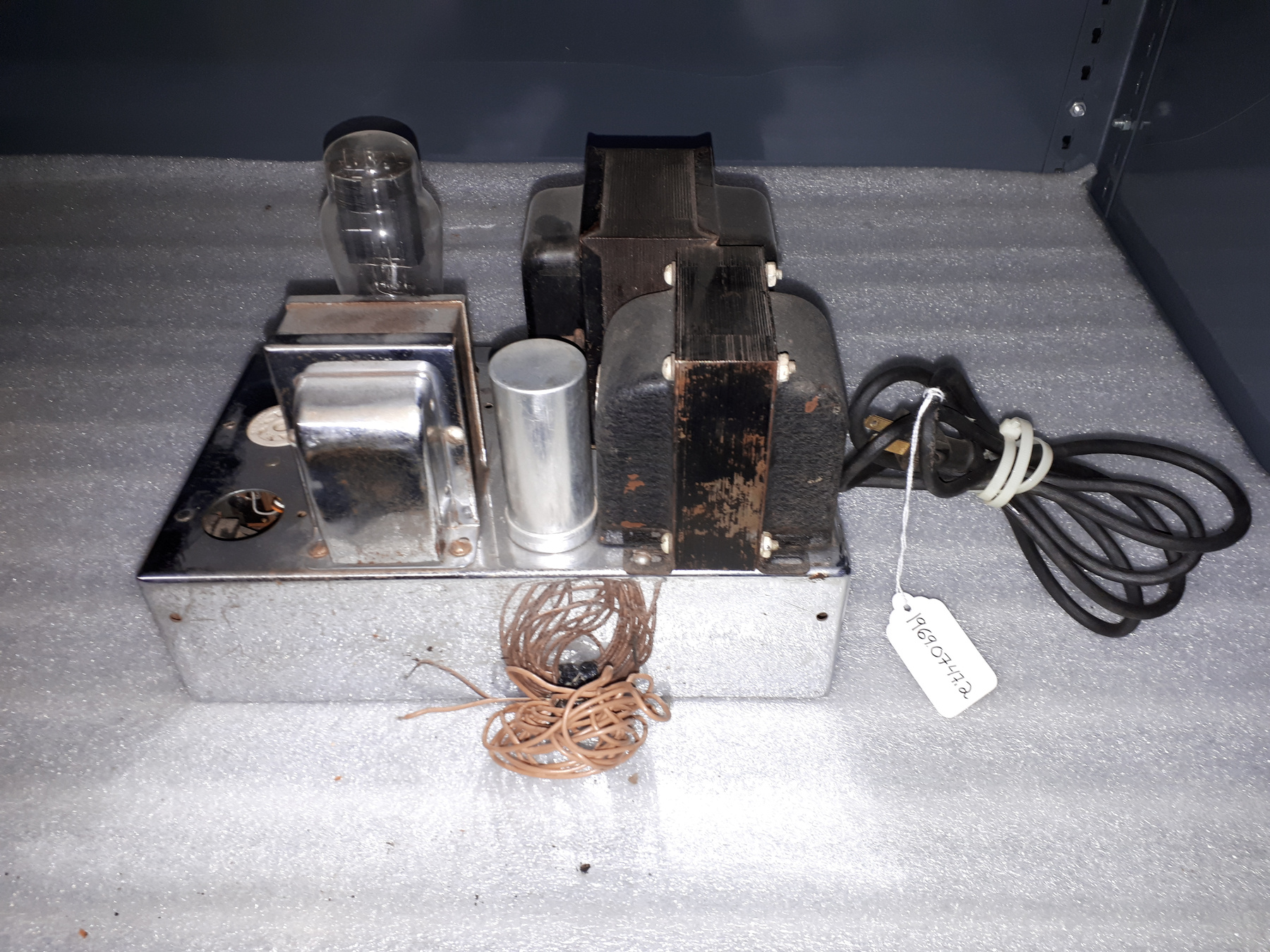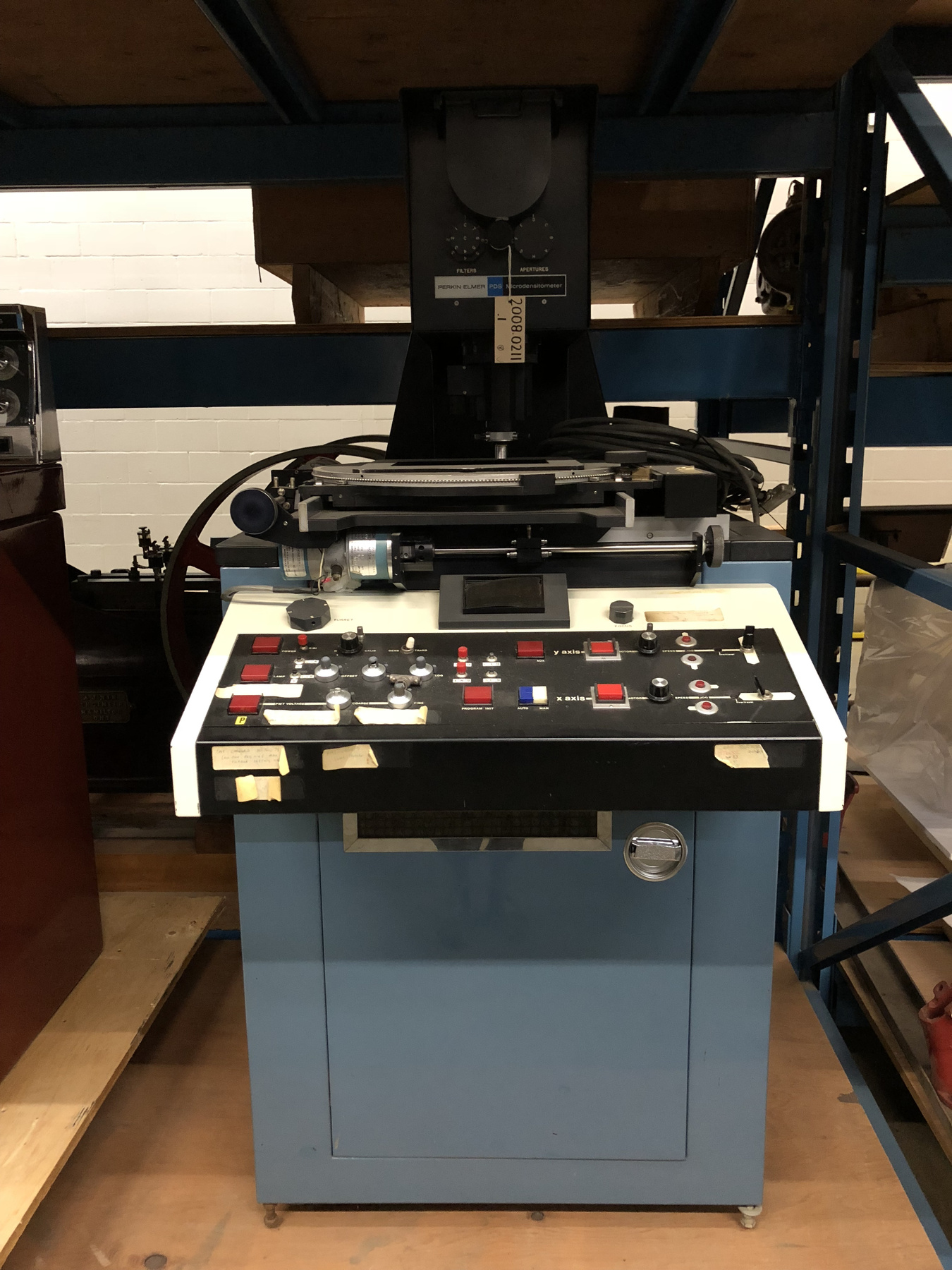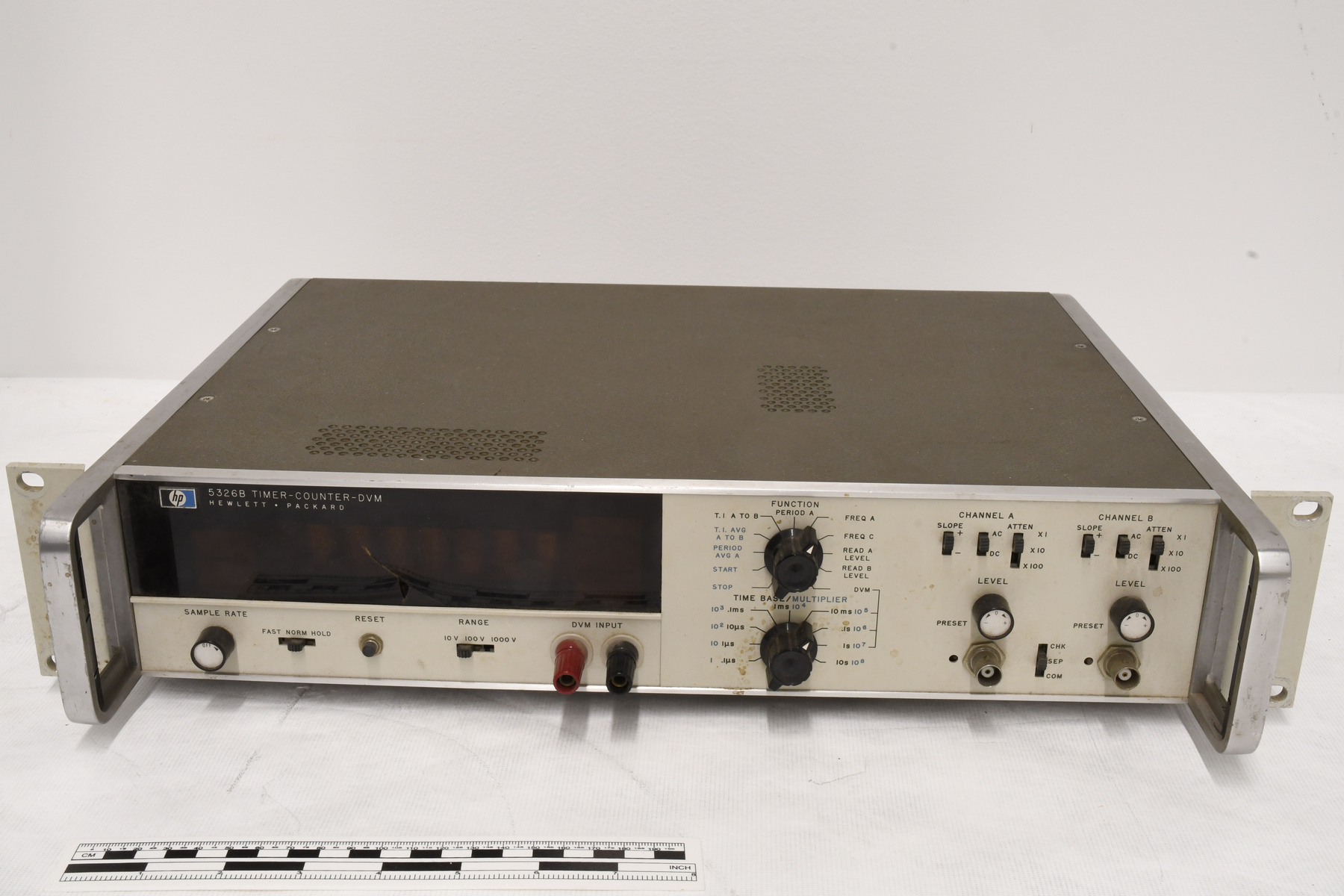Timer-counter
Use this image
Can I reuse this image without permission? Yes
Object images on the Ingenium Collection’s portal have the following Creative Commons license:
Copyright Ingenium / CC BY-NC-ND (Attribution-NonCommercial 4.0 International (CC BY-NC 4.0)
ATTRIBUTE THIS IMAGE
Ingenium,
2008.0206.001
Permalink:
Ingenium is releasing this image under the Creative Commons licensing framework, and encourages downloading and reuse for non-commercial purposes. Please acknowledge Ingenium and cite the artifact number.
DOWNLOAD IMAGEPURCHASE THIS IMAGE
This image is free for non-commercial use.
For commercial use, please consult our Reproduction Fees and contact us to purchase the image.
- OBJECT TYPE
- N/A
- DATE
- 1972
- ARTIFACT NUMBER
- 2008.0206.001
- MANUFACTURER
- Hewlett-Packard Ltd.
- MODEL
- 5326B
- LOCATION
- United Kingdom
More Information
General Information
- Serial #
- 1139U00200
- Part Number
- 1
- Total Parts
- 1
- AKA
- N/A
- Patents
- N/A
- General Description
- Metal casing, frame, parts/ Synthetic window, controls, feet, parts
Dimensions
Note: These reflect the general size for storage and are not necessarily representative of the object's true dimensions.
- Length
- 48.5 cm
- Width
- 33.8 cm
- Height
- 9.6 cm
- Thickness
- N/A
- Weight
- N/A
- Diameter
- N/A
- Volume
- N/A
Lexicon
- Group
- Communications
- Category
- Service-test equipment
- Sub-Category
- N/A
Manufacturer
- AKA
- Hewlett Packard
- Country
- United Kingdom
- State/Province
- Unknown
- City
- Unknown
Context
- Country
- Canada
- State/Province
- Ontario
- Period
- Unknown
- Canada
-
An instrument used at the David Dunlap Observatory at the University of Toronto, one of Canada's most important astronomical observatories. The David Dunlap Observatory opened in 1935 as the result of a bequest from the wife of David Dunlap. The telescope was a 74 inch (188 cm) reflector built by Grubb Parsons of Newcastle-upon-Tyne in England. The 74 inch was then the largest telescope in Canada (surpassing the 72 inch telescope of the Dominion Astrophysical Observatory in Victoria) and became the second largest in the world after the 100 inch Hooker Telescope of the Mt. Wilson Observatory outside Los Angeles. DDO's reputation grew and following WWII, it began to graduate most of the astronomers produced in Canada with University of Western Ontario far behind. Beginning in the 1960s a number of other astronomy departments were created but UofT/DDO held its place, a position it probably still holds. The DDO had a good technical staff which gave them an advantage and, with most of the 1940s to early 1970s top astronomers coming from UofT, grants from NRC and then ENSERC were almost guaranteed and allowed UofT's top astronomers -- Hogg, van den Berg, Fernie, Bolton, Kamper, Martin, etc. to acquire or build some of the best equipment available in university observatories. For optical observatories, only the DAO had technical staff and budgets that surpassed those of DDO. In 2007, citing increasing light pollution, the University of Toronto announced plans to sell the Observatory property. In June 2008, it was sold to Corsica Development Inc., a subsidiary of Metrus Development Inc. and the Observatory was closed. In 2009 the Observatory buildings and 80% of the site were designated a cultural heritage landscape. Also in 2009 Corsica and the Royal Astronomical Society of Canada, Toronto Centre announced an agreement allowing the RASC to provide public education and outreach programs at the observatory, and to operate the 188 cm telescope. - Function
-
A device used as a timer in a photomultiplier systems used in an astronomical observatory. Generally, this device measures frequency, ratio, period, period average, time interval, time interval average and DC voltages up to 1000 volts and provides a direct readout of the voltage and polarity of the trigger record controls. - Technical
-
One of a group of instruments used in the DDO Electronic Shop for calibration and testing of the Observatory's observational instruments. Devices such as this were typical of photomultiplier systems which required precise measurements. The HP T-C-DVM was mainly used to set the "integration" time of the photomultiplier tube -- typically 10 to 30 seconds. The output of the PM tube was amplified then feed into the HP to measure the build up of the voltage over a set period depending on the sky conditions -- more thin cirrus clouds, longer integration times or more repeated observations. The more light from the star being measured, the higher electrical charge that built up. One had a set of "programme" stars of known colour and brightness which were spread around the sky. The stars being investigated were compared with these programme stars through the night (or over days or months) watching for changes. The refrigerated PM tube gave more consistent readings and improved the sensitivity of the PM but decreasing what was called the "dark current". Even without any light falling on the PM tube, there was a small charge that would build up. - Area Notes
-
Unknown
Details
- Markings
- White lettering on front reads '5326B TIMER-COUNTER-DVM/ HEWLETT PACKARD'/ Blue and silver plate on back reads 'HEWLETT-PACKARD LTD./ SER. 1139U00200/ MADE IN GREAT BRITAIN'/ Black and blue lettering for controls functions
- Missing
- Electrical cord
- Finish
- Plated frame/ Glossy beige painted casing front/ Green-grey simulated skin casing covering/ Brushed metal casing back/ Black and red synthetic controls, feet and parts/ Plated support bar attached to underside/ Metallic grey parts
- Decoration
- Black, blue and white 'hp' logo on front
CITE THIS OBJECT
If you choose to share our information about this collection object, please cite:
Hewlett-Packard Ltd., Timer-counter, circa 1972, Artifact no. 2008.0206, Ingenium – Canada’s Museums of Science and Innovation, http://collections.ingeniumcanada.org/en/id/2008.0206.001/
FEEDBACK
Submit a question or comment about this artifact.
More Like This













